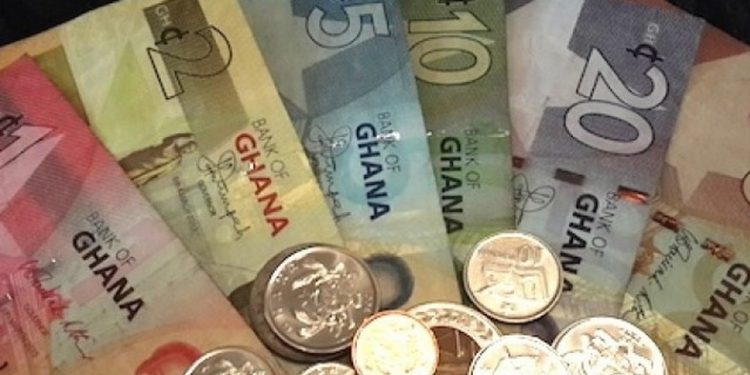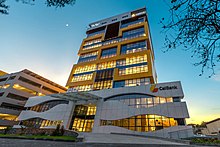Ghana’s economy is becoming more liquid again after the inevitable effects of the arrival of the global CIVID 19 pandemic and the socio-economic restrictive policy measures necessarily imposed by government including a three week lock down of the country’s two biggest economic hubs – Accra and Kumasi – in April. Year on year growth in total liquidity, as measured by M2+ climbed to 20.58 percent for May and 20.33 percent for June, after slumping to as low as 13.52 percent in March and 16.81 percent in April the months when socio-economic restrictions were at their zenith.
Instructively the pace of total liquidity growth during the last two months of the first half of 2020 was faster than in any month during the second half of 2019 except December when it traditionally peaks because of the end of year festivities and accompanying consumerism.
Even more importantly, the resumption of increasing liquidity has been propelled by rising cedi denominated assets, rather than foreign currency assets, suggesting that the increased liquidity is broad based rather than narrowly benefitting the upper income segments of the populace.
By mid 2020, total liquidity was made up of GHc78,611 million in net domestic (cedi denominated) assets and the equivalent of GHc21,888 million in net foreign currency denominated assets. During the first half of this year, net domestic assets grew by 5.5 percent, while net foreign assets grew by 25.8 percent, but this is because of the lower base used in computing the latter. Actually, net foreign asset growth was primarily the result of build ups by the commercial banks to ensure confidence of their correspondent banks for international transactions in the face of COVID 19 instigated trade supply chain disruptions.
Indeed, cedi denominated deposits grew faster than foreign currency deposits during the first half of this year. While foreign currency deposits grew only marginally by 0.74 percent, cedi denominated current accounts grew by 16.8 percent and savings accounts combined with fixed deposits grew by 9.0 percent.
This indicates that savers and portfolio investors are keeping faith with cedi denominated investment instruments, despite worries over the short term prospects for the economy due to both COVID 19 and the impending general elections. Investors are showing astuteness by preferring cedi investments that offer yields of between nearly 14 percent (for 91 treasury bills) and over 20 percent ( for medium to long term government and corporate bonds, which nevertheless are made liquid by dramatically increased trading volumes on the Ghana Fixed Income Market since the beginning of this year), all of which are well above the currency translation losses caused by the cedi’s 8 percent depreciation against the US dollar during the first half of the year.
This leaves investors with real (US dollar) yields of at least 5 percent, even on the shortest tenured investments, which compare favourably with the less than 2 percent yields obtainable on dollar denominated bonds.
Coupled with Ghana’s still record high gross international reserves and consistent merchandise trade surpluses, even when measured on a quarterly basis, this portends continued relative exchange rate stability for the cedi and thus continued superior yields, measured in dollar terms for investors in cedi denominated financial instruments.








